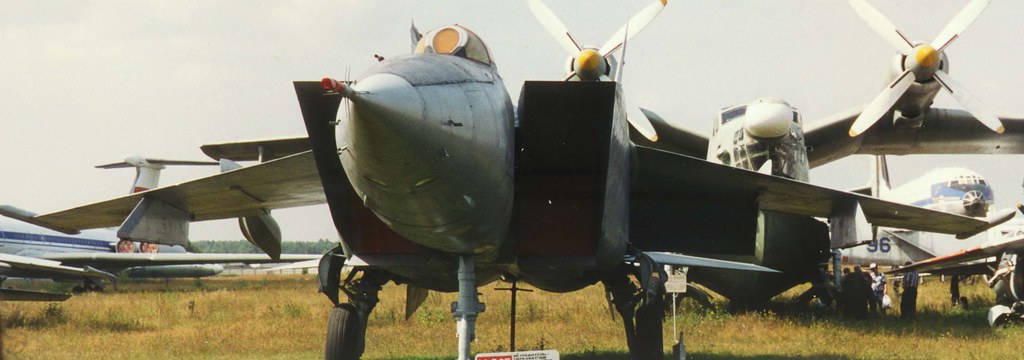
The Lockheed SR-71 Blackbird has long held the imagination of aviation enthusiasts and defense analysts alike for its remarkable capabilities and enduring legacy as the pinnacle of high-speed, high-altitude reconnaissance aircraft. First taking to the skies 60 years ago, the Blackbird’s reign as the fastest crewed jet remains unchallenged, even nearly a quarter-century after its retirement. Its unmatched performance was a testament not only to speed but to an intricate tapestry of technology, design, and engineering prowess.

Renowned aeronautical engineer Kelly Johnson, the mastermind behind the SR-71, envisioned an aircraft that could outpace the most advanced air defense systems and intercept fighters of its time. Johnson’s illustrious career included iconic aircraft like the P-38 Lightning and the U-2 spy plane.

In 1971, the Soviet’s secretive MiG-25s were regularly clocked at speeds between Mach 2.5 and 2.83 by Israeli forces during reconnaissance flights over the Sinai Peninsula – faster than any other fighter on the planet could muster. And if that didn’t raise the eyebrows of Defense officials enough, one MiG reportedly exceeded Mach 3.2 while flying higher than 80,000 feet when Israeli F-4s attempted to intercept it.

the Soviet MiG-25 could achieve speeds as high as Mach 3.2 during very brief all-out sprints that would cause irreparable damage to its powerful (but finicky) Tumansky R-15 turbojet engines. The SR-71, on the other hand, would sustain those speeds for hours on end without breaking a sweat, thanks to its unique Pratt & Whitney J58 turbojet engines that included bypass tubes that funneled cold air directly into the afterburners (leading to the J58 sometimes being called a “turboramjet”) and the engine’s first-of-their-kind directionally solidified turbine blades that could withstand higher temperatures than any jet engine previously could.

“The idea of attaining and staying at Mach 3.2 over long flights was the toughest job the Skunk Works ever had and the most difficult of my career,” Johnson later recalled in his autobiography. “Early in the development stage, I promised $50 to anyone who could find anything easy to do. I might as well have offered $1,000 because I still have the money.”
related images you might be interested.











